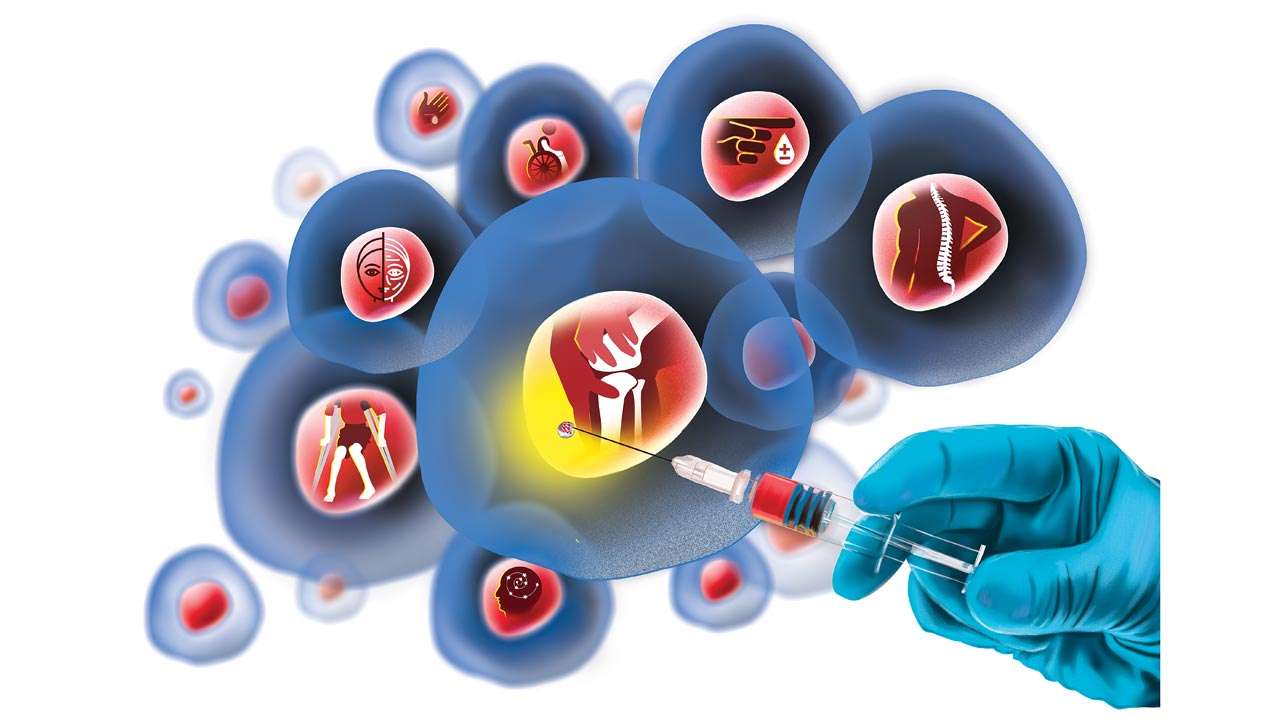It’s always a marvel when researchers discover new medical advancements. Stem cell therapy is one of the most fascinating, promising remedies for many conditions.
Stem cells are our body’s regenerators. They are undifferentiated cells that can go wherever needed and morph into what that site needs. Stem cells are the drivers of growth, development, and tissue repair. They self-renew, helping the body heal and regain total health.
The common types of stem cells are embryonic, adult, and induced pluripotent cells. Stem cells are purported to treat many conditions, including eyes and autism.

Stem Cells Remedy to Autism Spectrum Disorder
In the US alone, autism affects 1 in 36 children, and the condition has surged by 312% since 2000. Boys are typically more affected by girls due to genetic factors, hormonal influences, and sex chromosome differences.
Kids with ASD struggle with communicating and interacting with others.
ASD has no known cure, but stem cell therapy is promising.
Here is how:
The self-renewal property stem cells possess could potentially repair the damaged tissues in an ASD patient’s brain. This neurogenerative property may stimulate new neuron formation, repairing the damaged ones. The immunity-modulating effect may help with better immune regulation.
Stem cell therapy for autism is still experimental despite the few strides made. It’s not yet FDA-approved to treat ASD. Nonetheless, it’s been positive for the few people with ASD who’ve been under this treatment.
Stem Cell Therapy for Eye Treatment
Yet another condition stem cells promise to aid in eye conditions. Eye problems could arise from old age, disease, or injury. Stem cell therapy leverages the cell’s regenerative properties to repair and replace damaged tissues in the eye. Some of the conditions that stem cell therapy can help are:
- Age-related macular degeneration (AMD).
- Leber Congenital Amaurosis (LCA).
- Retinitis Pigmentosa (RP).
- Corneal diseases.
- Glaucoma.
- Diabetic Retinopathy.
Stem cell treatment for eyes is also in its experimental stages. Researchers and doctors still have a long way to go to determine its effectiveness and safety.
Importance of Consulting Qualified Professionals
Medical intervention, especially for life-altering conditions, necessitates specialists. A stem cell therapy specialist provides personalized guidance.
Stem cell therapy is a complex treatment regimen with many processes. To become a specialist, one must be highly trained and knowledgeable.
The process starts with patient assessment and diagnosis to create a baseline for a treatment plan. Next, the specialists handle the stem cell harvest autogenously (from the patient’s body) or allogeneically (from a donor). After harvesting follows a period when the stem cells are processed in the lab to ascertain viability.
The specialist then performs the transplant, which varies depending on the condition. After transplanting, monitoring and post-treatment care follow.
Are you excited About the Outcomes?
Stem cell therapy for ASD and eye treatment is still in its infancy. Nonetheless, its progress is impressive. In the future, with the upward trajectory we’ve seen so far, we expect nothing but better news.
Specialists and scientists need to take their time to confirm stem cell therapy’s true power to heal. Not only autism and eye conditions, but also cardiovascular, diabetic, and autoimmune diseases among others.